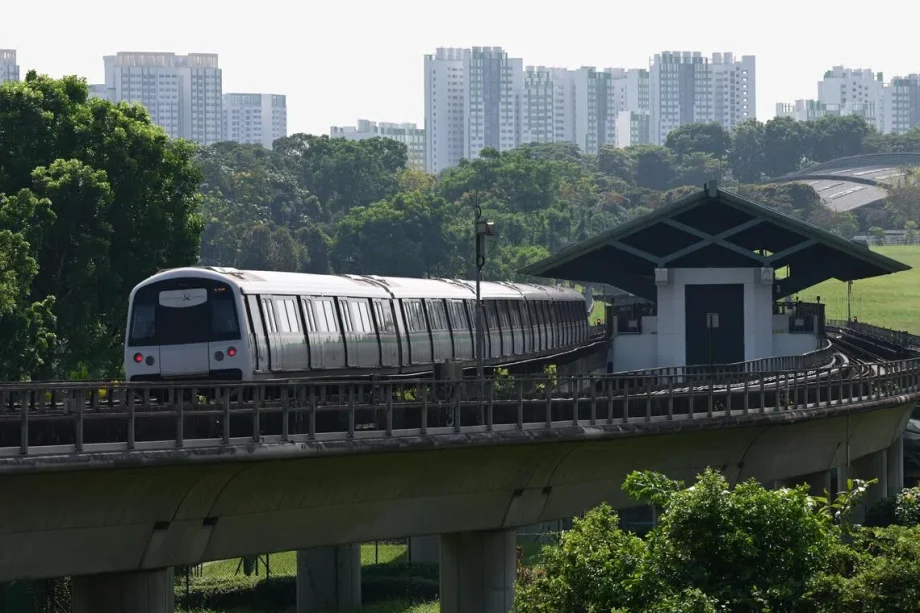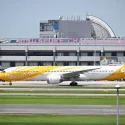SINGAPORE – The performance of the MRT network dipped as at the end of August compared with the previous month, based on the latest figures from the Land Transport Authority (LTA).
However, compared with the 12 months ending June 2025, when it tumbled to its lowest level since 2020, the reliability of the MRT system has improved.
LTA on Oct 10 released its first monthly rail reliability report as it moves away from its practice of publishing these numbers quarterly. These new monthly reports are meant to “improve transparency and accountability”, said the authority.
On average, MRT trains clocked 1.74 million train-km without delays that lasted more than five minutes between September 2024 and August 2025.
This is down from 1.82 million train-km in July, though higher than 1.6 million train-km in June.
The Downtown Line (DTL) and North East Line (NEL), both run by public transport operator SBS Transit (SBST), suffered sharp drops in their reliability.
The DTL clocked 2.76 million train-km between delays as at August, dropping from 4.13 million train-km in July, although it remains the best-performing line on the MRT network.
It has been the most reliable MRT line since 2020.
As for the NEL, it logged an average of 2.14 million train-km between delays, tumbling from 4.26 million train-km in July.
It ranked second in rail reliability among five MRT lines. The SMRT-run Thomson-East Coast Line (TEL), which is not fully completed, was not factored into this.
The East-West Line (EWL) also experienced a drop in reliability, with 1.68 million train-km travelled between delays as at August, down from 2.02 million train-km in July.
In fourth place was the North-South Line (NSL), which posted an average of 1.65 million train-km between delays as at August – an improvement from 1.41 million train-km in July.
NSL and EWL, the two oldest lines on the MRT network, are run by public transport operator SMRT.
The Circle Line, also run by SMRT, was the least reliable among the five lines, clocking 1.25 million train-km between delays as at August, up from 1.07 million train-km in July.
The reliability figures are based on a 12-month moving average of mean kilometres between failure (MKBF), which captures the distance a train travels before encountering a delay of more than five minutes but does not account for the severity of disruptions.

Singapore has an MKBF target of one million train-km for the entire MRT network.
In another first, reliability figures for the TEL were published separately, with the line posting 311,000 train-km between delays as at August, down from 373,000 train-km in July.

LTA said newer rail lines in their early stages tend to operate at a significantly lower mileage, since ridership remains low and trains are not run at typical frequencies.
It takes time for the operation of new lines – especially those still undergoing construction – to stabilise, added the authority.






